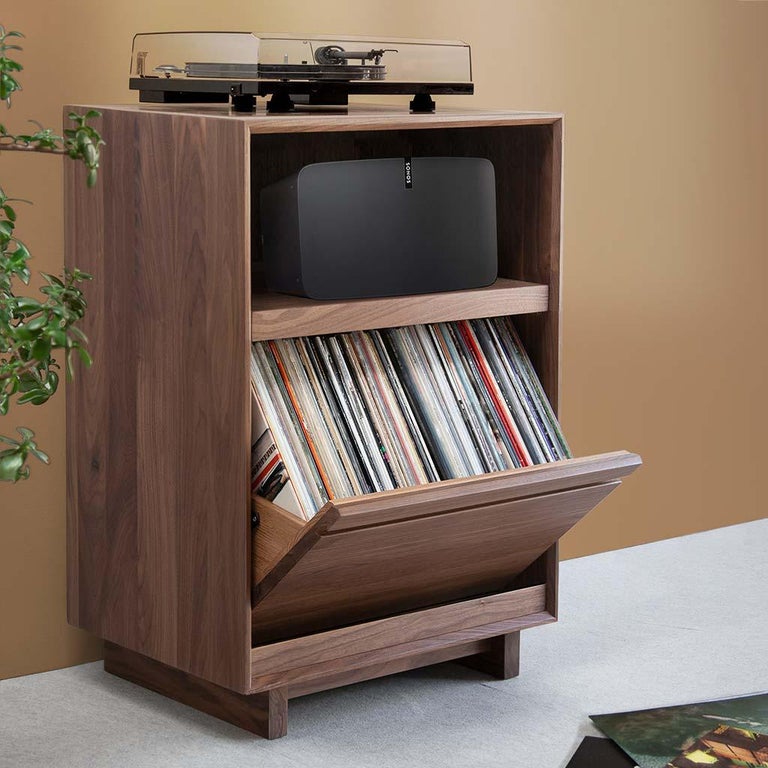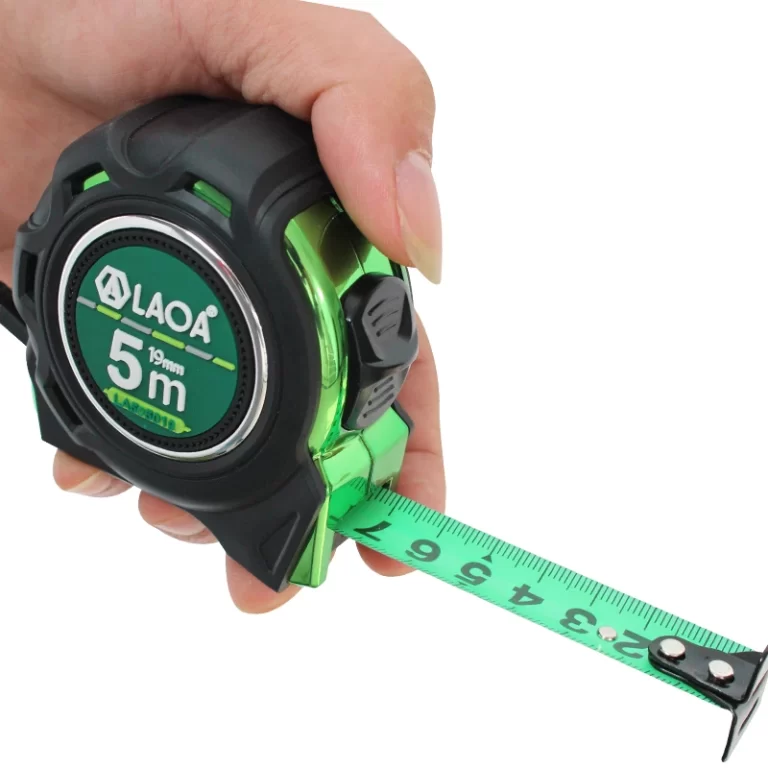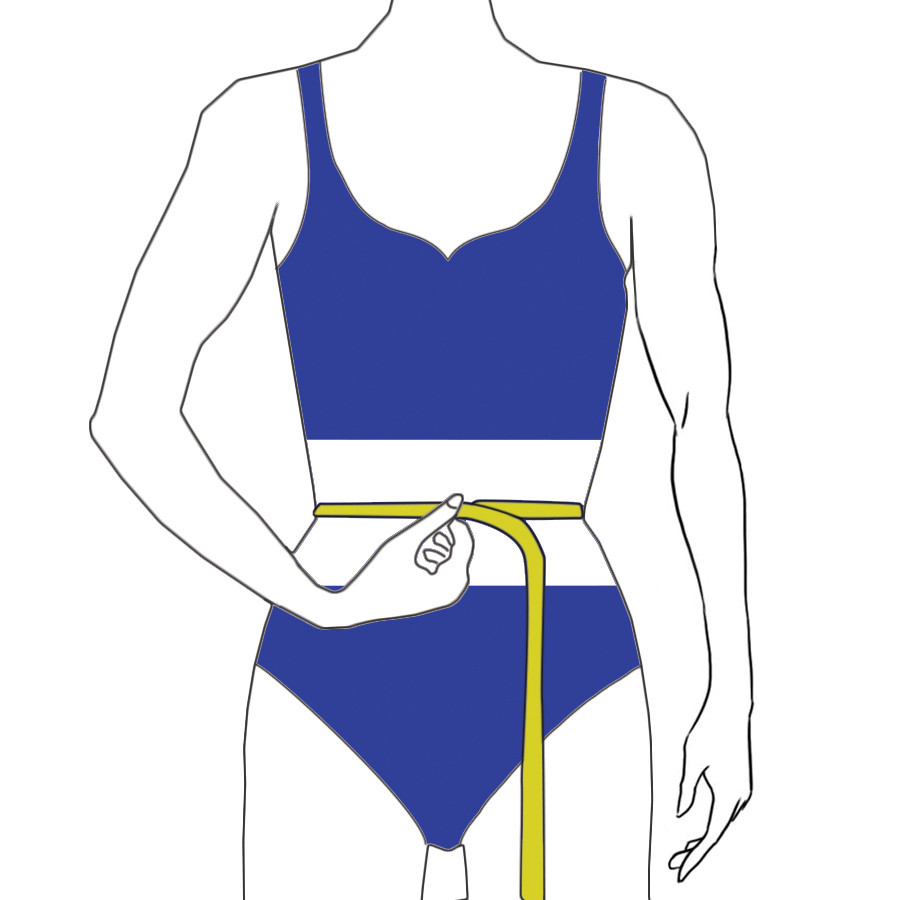
Simple: How to Measure Your Waist Without a Tape Measure
Measuring your waist is essential for tracking fitness progress, selecting the right clothing size, or maintaining overall health. However, not everyone has a tape measure readily available. This article explores how to measure your waist without a tape measure, offering practical methods and tips to ensure accurate results every time.
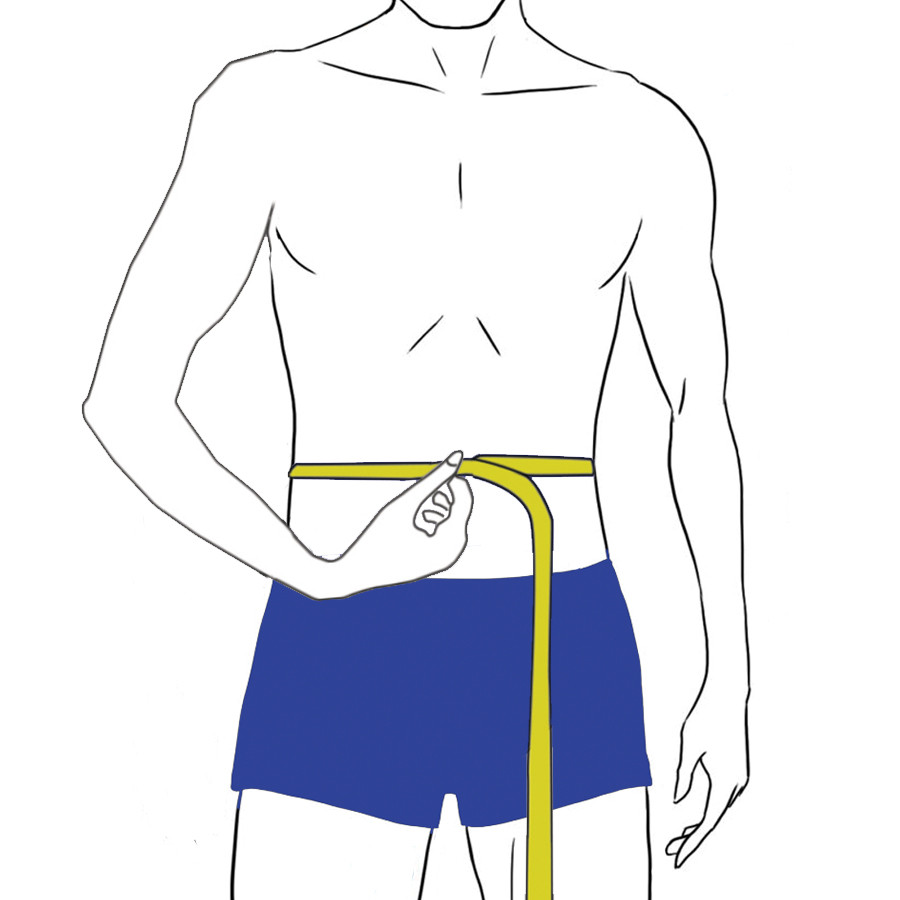 Why Measuring Your Waist is Important
Why Measuring Your Waist is Important
Measuring your waist serves several purposes. It helps monitor your health and ensures proper clothing fit. Understanding these reasons will motivate accurate waist measurement techniques.
Health Reasons for Measuring Your Waist
Your waist size can indicate overall health. It helps assess risks for chronic diseases like diabetes. Larger waistlines often correlate with higher health risks. For this reason, waist circumference is key in tracking your health journey. Regular measurements can guide adjustments to your diet and exercise routine. This proactive approach supports better health and longevity.
Fashion and Fit Considerations
Knowing your waist size ensures clothes fit comfortably. It helps in selecting pants, skirts, or dresses. Accurate measurements prevent sizing issues when shopping online and offline. A proper fit boosts confidence and enhances personal style. Measurements also aid in tailoring for a flawless look. Taking time to measure ensures comfort and improved fashion choices.
Common Methods to Measure Your Waist
Measuring your waist without a tape measure is simpler than you might think. Everyday items can be used to get an accurate waist size. Let’s explore a few common methods.
Using a String or Shoelace
Grab a piece of string or a shoelace. Wrap it around your waist at the narrowest point. Ensure it sits snugly but does not compress your skin. Mark the point where the string meets itself. Then, lay the string flat and measure its length with a ruler or yardstick. This method is quick and easy, offering reliable results.
Using a Ribbon or Soft Fabric
A ribbon or piece of soft fabric can work just as well. Choose a ribbon of sufficient length. Wrap it around your waist in the same way as you would with a tape measure. Mark or pin the overlapping point on the ribbon. Measure this length with a ruler to get your waist size. Soft fabrics are comfortable and provide a hassle-free measuring option.
Both methods are effective alternatives to traditional tape measures. They are perfect for situations when a tape measure isn’t available. By using these tools properly, you can achieve an accurate measurement effortlessly.
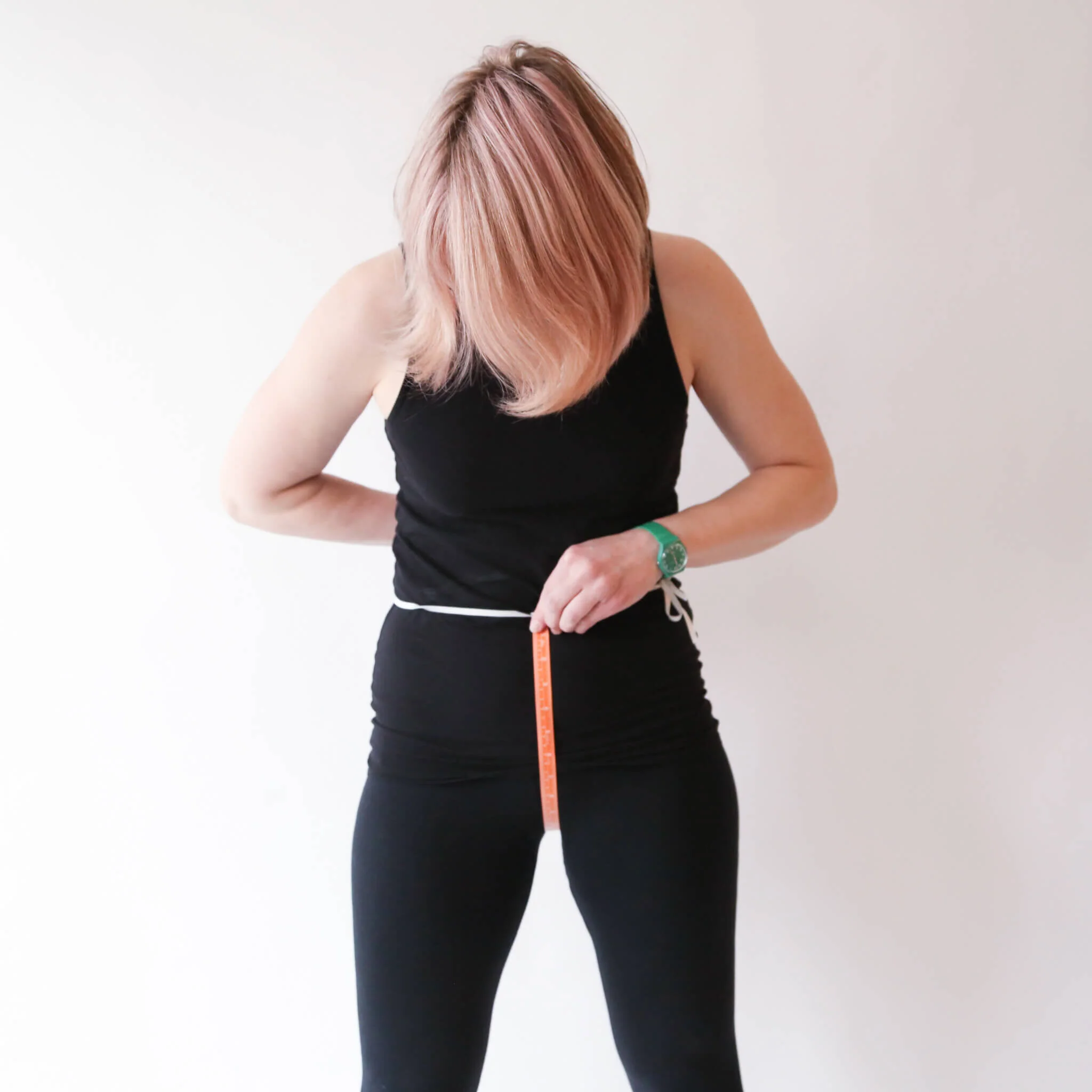 How to Measure Your Waist with Everyday Items
How to Measure Your Waist with Everyday Items
Everyday household items can help you measure your waist without a tape measure. With a little creativity, you can get accurate results quickly.
Using a Cord and a Ruler
A cord, such as a phone charger or shoelace, works well for waist measurement. Here’s how to do it:
- Take a cord and wrap it around your waist.
- Find the narrowest part of your waist, usually above your belly button.
- Ensure the cord sits snugly without squeezing your skin.
- Mark or pinch the point where the cord overlaps.
- Lay the cord flat and use a ruler to measure its length.
This method is simple, reliable, and effective using a tool you likely have at home.
Using Dollar Bills as a Measurement Tool
Dollar bills can also help if you don’t have a ruler or tape measure. Use the following steps:
- Wrap a dollar bill horizontally around your waist.
- Count how many bills it takes to fully encircle your waist.
- Multiply the number of bills by their length. In the U.S., a dollar bill measures 6.14 inches.
For example, if you use five bills, your waist is approximately 30.7 inches. This technique is surprisingly accurate and easy when rulers are unavailable.
By using these everyday items, you can measure your waist without a traditional tape measure. Both methods offer quick and convenient solutions for knowing your waist size.
Tips for Accurate Measurement
Accurate waist measurement is essential for health and clothing purposes. Follow these tips for better results:
Ensuring Correct Placement on Your Waist
- Find the narrowest point above your hips and belly button.
- Wrap the measuring tool snugly without compressing your skin.
- Ensure the tool stays horizontal around your body.
- Double-check the placement before noting the measurement.
Correct placement avoids errors and ensures reliability when using substitute tools.
Maintaining Consistent Tension in Substitute Tools
- Apply gentle yet firm tension while wrapping the tool around your waist.
- Avoid overstretching or leaving the tool too loose.
- Pinch or mark the overlapping point carefully to maintain precision.
- Measure the marked section promptly to retain accuracy.
These tips help achieve dependable results, even when measuring without tape.
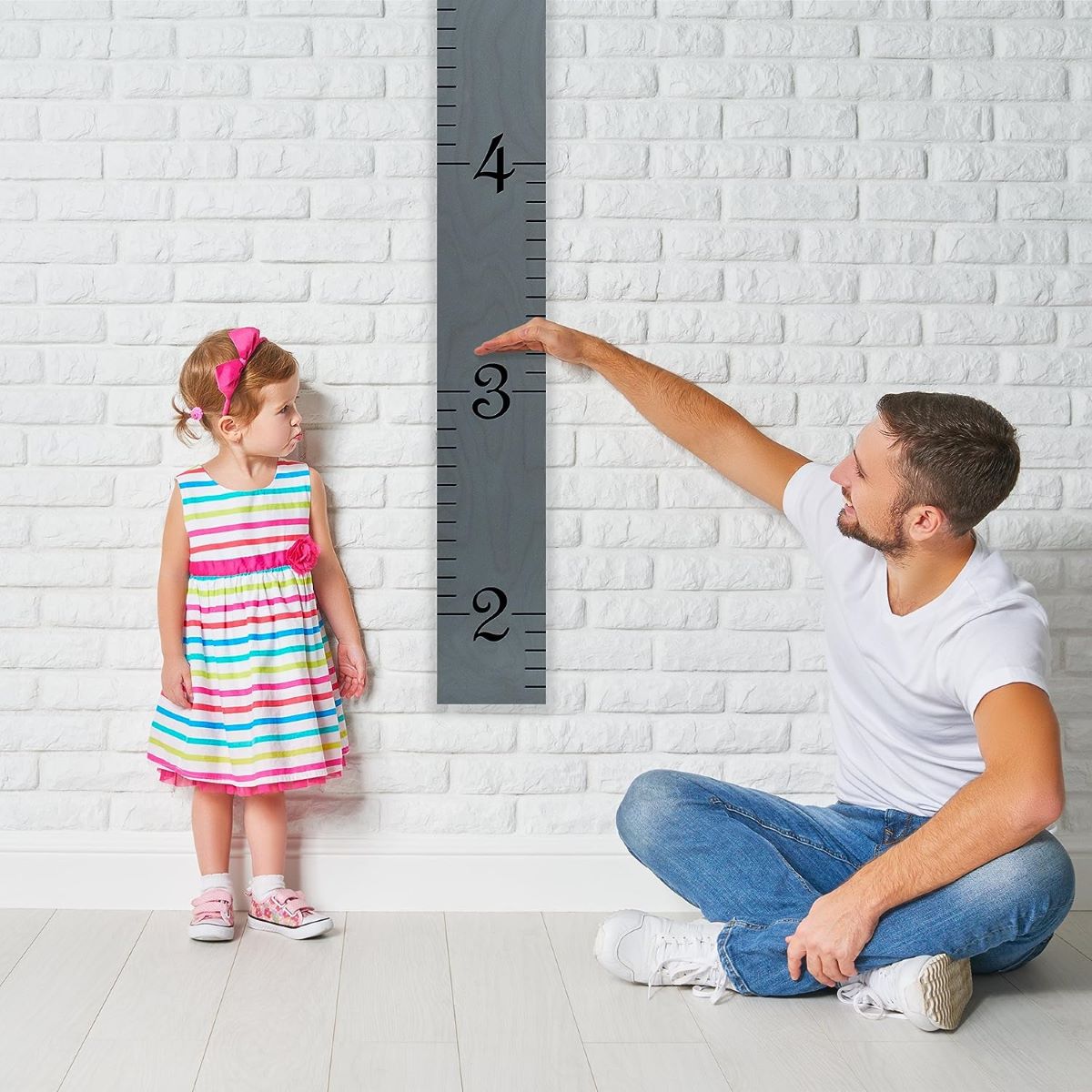 Comparing DIY Methods to a Traditional Tape Measure
Comparing DIY Methods to a Traditional Tape Measure
Measuring your waist without a tape measure can be creative and convenient. However, it’s important to understand the advantages and limitations of these DIY methods compared to using a traditional tape measure.
Pros and Cons of DIY Methods
DIY methods for measuring your waist, such as using strings or cords, come with unique benefits and drawbacks:
Pros:
- Accessibility: Household items like cords or ribbons are easy to find.
- Cost-Effective: These methods are free since you use what’s already at home.
- Quick: You can measure without needing specialized tools.
- Versatility: Suitable for when you don’t have a tape measure handy.
Cons:
- Accuracy: Substitute tools may lead to small measurement errors.
- Inconsistency: Placement and tension might vary with each attempt.
- Time-Consuming: Adjusting and marking substitute materials takes more time.
- Measurement Limitations: Less ideal for measuring smaller increments precisely.
While DIY methods are excellent in a pinch, a tape measure remains the gold standard for consistent results.
Addressing Potential Errors
Errors may occur when using DIY alternatives, but they can be minimized. Here’s how:
- Double-Check Placement: Always place the tool at the narrowest point of your waist.
- Ensure Tension Consistency: Avoid stretching strings or ribbons too tight or keeping them too loose.
- Measure Immediately: Read the length right after marking, to avoid losing precision.
- Use a Reliable Ruler: For best accuracy, use a ruler or tool with clear markings to measure the length.
- Repeat the Process: Perform the measurement twice to rule out errors.
DIY methods work well for quick estimates. However, consider investing in a traditional tape measure for more precise measurements in the long run.
Creative Solutions for Measuring Without a Tape
When you lack a traditional tape measure, there are innovative alternatives you can try to measure your waist. These options are simple yet effective and utilize modern tools or everyday items to ensure precise measurements.
Using Mobile Apps for Measurement
Mobile apps can greatly simplify the process of waist measurement. Here’s how they can help:
- Download a Measurement App: Look for apps designed specifically for body measurements. Many are user-friendly.
- Follow the Instructions: Most apps guide you step-by-step for accurate waist measurement.
- Use Your Phone’s Camera: Some apps allow you to measure by scanning your body with the camera.
- Review the Results: These apps offer reliable digital readings, making measurements quick and convenient.
Apps are a modern and accessible solution, especially if precision tools aren’t available. Regular updates and improvements enhance their reliability.
Leveraging Household Objects for Precision
Household items can also help measure your waist. Here are creative ways to do it:
- Use a Long Paper Strip: Wrap a strip of paper around your waist and mark the overlap. Measure it with a ruler.
- Try Aluminum Foil: Tear a long piece of foil and use it like you would a tape measure. Flatten and measure.
- Use a Belt: Wrap a belt around your waist and note the notch or overlap point. Measure the marked length with a ruler.
- Utilize a Foldable Yardstick: If you have one at home, it serves as a simple tool for accurate measurements.
By exploring these creative solutions, you can measure your waist efficiently without a tape. With the correct approach, these alternatives yield reliable results.
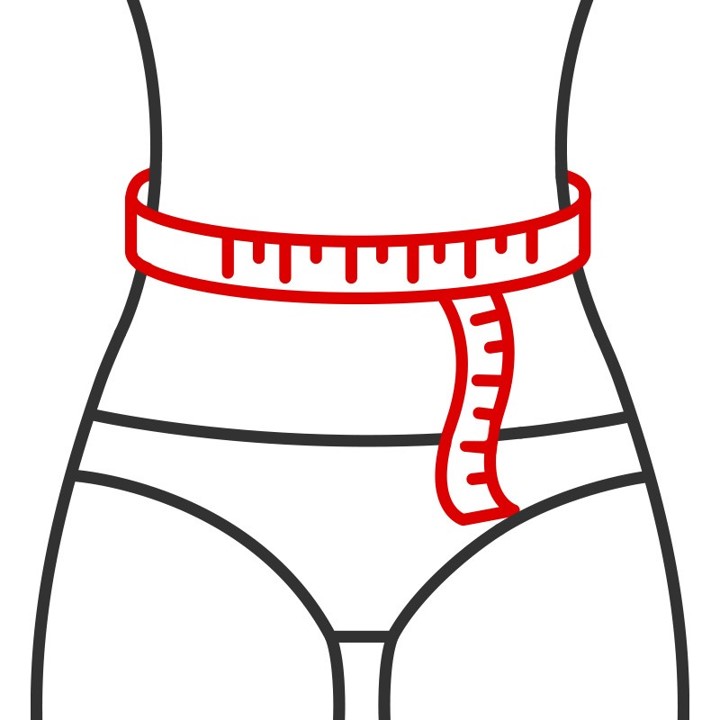 Common Mistakes to Avoid
Common Mistakes to Avoid
Avoiding common pitfalls can significantly enhance the accuracy of your waist measurements. Here are some errors to watch out for and how to prevent them.
Measuring Too Tightly or Too Loose
Wrapping the measuring tool too tightly can underestimate your waist size, while too loose can result in overestimation. Aim for a snug fit that accurately reflects your natural waist without constricting.
Not Keeping the Measuring Tool Level
Ensure the string, paper, or belt is level around your waist. Sloping or twisting can distort the measurement, leading to inaccuracies. A level wrap ensures a precise and consistent measurement.
Forgetting to Relax
Tensing your abdominal muscles can affect the measurement. Take a deep breath, relax your muscles, and measure to get an accurate waist size. Relaxation ensures the measurement reflects your natural waistline.
Alternative Methods
Beyond string, paper, belts, and smartphone apps, several other inventive methods can help you measure your waist without a tape measure. Let’s explore some creative alternatives.
Using Clothing Fit
If you have a pair of pants that fits you well, you can use their waist size as a reference. Compare how they fit to estimate your waist measurement. This method relies on the accuracy of the garment’s size and how well it suits your body.
Mirror Method
Use a mirror to visually assess your waist while comparing it to clothing sizes or other reference points. While less precise, this method can give you a general idea of your waist size by comparing your proportions to standard measurements.
Ruler and Markers
If you have a ruler and some markers, you can create a makeshift measuring device. Follow these steps:
- Place the Ruler at Your Waistline: Position it horizontally around your waist.
- Mark the Points: Where the ruler starts and ends around your waist.
- Calculate the Measurement: Add up the marked points to determine your waist size.
This method requires patience and precision but can yield accurate results with careful execution.
Practical Applications of Waist Measurements
Knowing how to measure your waist without a tape measure has several practical benefits. Let’s explore some of these applications and how they can enhance your daily life.
Fitness and Health Tracking
Monitoring your waist size is a key component of fitness progress and health assessments. A decreasing waist size often indicates fat loss and improved health, while an increasing size may signal the need for lifestyle adjustments. Regular measurements help you stay on track with your fitness goals and maintain a healthy body composition.
Clothing and Tailoring
Accurate waist measurements ensure you choose the right clothing size, enhancing both appearance and comfort. If you wear tailored clothes, precise measurements are essential for a perfect fit. This accuracy prevents the hassle of returns and exchanges, saving you time and effort when shopping for new garments.
Medical Assessments
Healthcare providers often use waist measurements to assess health risks associated with obesity and metabolic syndrome. Regular waist measurements can help detect potential health issues early, allowing for timely intervention and management.
Frequently Asked Questions (FAQ)
What is the most accurate method to measure your waist without a tape measure?
Using a string or yarn with a ruler provides high accuracy. Wrap the string snugly around your waist, mark the overlap, and measure the length against a ruler for precise results.
Can smartphone apps accurately measure my waist?
Yes, many smartphone apps use your phone’s camera and sensors to provide accurate measurements. However, ensure you follow the app’s instructions carefully for reliability and consistency.
How often should I measure my waist?
For health tracking, measuring your waist once a week is sufficient. This frequency allows you to monitor progress without becoming obsessive. For clothing purposes, measure before significant clothing purchases or alterations.
What should I do if my waist measurement changes suddenly?
Sudden changes in waist size might indicate health issues. If you notice unexpected fluctuations, consult a healthcare professional to rule out any underlying conditions and receive appropriate guidance.
Is it necessary to measure my waist daily?
Daily measurements are not necessary unless you’re closely monitoring weight loss or specific health changes. Weekly measurements provide a good balance of tracking progress without the need for constant monitoring.
 Conclusion: Mastering the Art of Measuring Your Waist Without a Tape Measure
Conclusion: Mastering the Art of Measuring Your Waist Without a Tape Measure
Learning how to measure your waist without a tape measure empowers you to take control of your health, fitness, and fashion choices. By utilizing simple tools like string, paper strips, belts, or smartphone apps, you can achieve accurate measurements with ease. Remember to follow the steps carefully, avoid common mistakes, and apply these techniques consistently for the best results. Whether tracking your fitness journey or selecting the perfect outfit, accurate waist measurements are a valuable skill that enhances your overall well-being and style.
